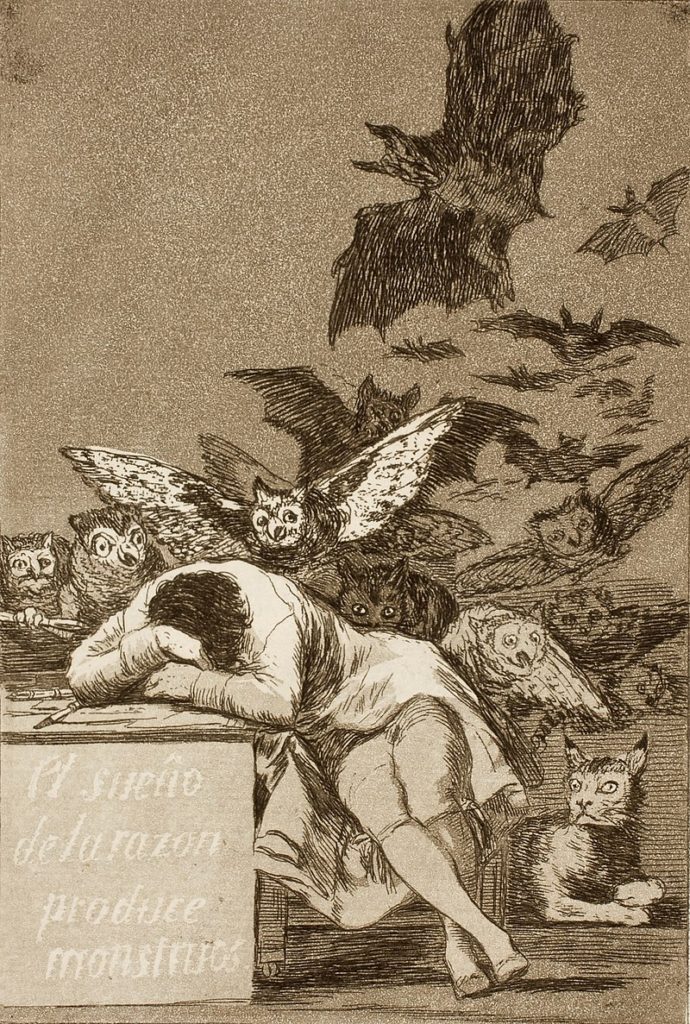

09 Dec Health and environmental- ARD 549
Art therapy (art from Latin ars art and therapy) is treatment through art.
It is an action based on two equal elements: art (creativity) and therapy. The artist Adrian Hill, working in the UK, is believed to have first used the term ‘art therapy’ to describe the action of creativity in therapy. At a similar time, Margaret Naumburg, a psychoanalytic psychologist, used the term art therapy to describe her work with patients in the United States.


According to the definition of the British Association of Art Therapists (BAAT), art therapy is a form of psychotherapy that treats artistic media as the primary means of communication. In a supportive environment, favored by the therapeutic relationship, the participant in art therapy can create images and objects in order to explore them and share meanings that can be read from them. Thanks to this, the person can better understand himself and the nature of his problems and difficulties. This, in turn, can lead to a positive and permanent change in his perception of himself, in current relationships, and in the generally understood quality of life. To sum up, art heals the soul. Sculpture, painting, dancing, or singing open up access to our interior: emotions, needs, fears. But art therapy helps not only in the case of a sick soul – it is also invaluable in the treatment of physical diseases. Art therapy is good for everyone and at any age: children, adults, and seniors can use it.
Artistic activities are a way of expressing oneself, and every artist, dancer, or musician knows it perfectly well. Vocals keep repeating that only after they enter the stage they feel that they are alive, that they are themselves. People with emotional and psychological problems, often only through art, are able to open up. This is invaluable because only then can the therapist help them. It should be emphasized that in art therapy, you do not need to have any talent for a specific field of art, it does not matter. The therapeutic effect is the creative process itself.
Artistic expression causes a feeling of liberation in a person, it can be described as catharsis (from Greek – purification). It consists in the fact that at some point when we work intensively and with a commitment to our work, they “release” the emotional blockages, the accumulated emotions finally get out, fears disappear and the tension is reduced. This makes it the patient easier to open up to the therapist, but also begins to become aware of the causes of their problems, which in turn is usually the beginning of positive changes.


We talked a lot in the ARD-549 class about “not being good enough” and I know everyone has their own daemon to face. I also have my demon whispering in my ear all the time that I am not good enough at expressing my thoughts in English I have always felt the need to prove that I am not stupid that it is only my English, I face this demon every day. When I speak to people in this country for the first time and I see that I am not understood and I feel fear overwhelming me again.
I think art is also a form of therapy for me in the fight against my demon. The material by Sue Brice that I found is the quintessence of my thoughts on this subject.


Sorry, the comment form is closed at this time.